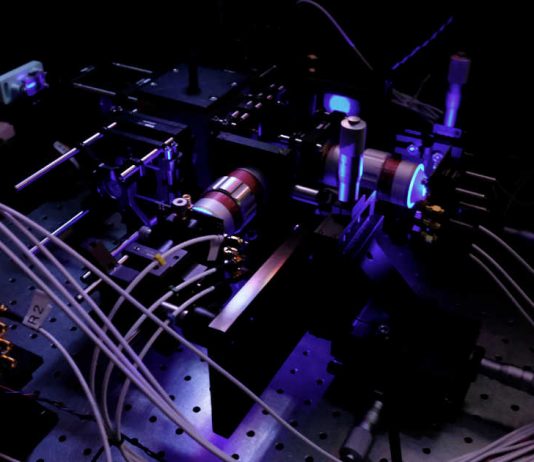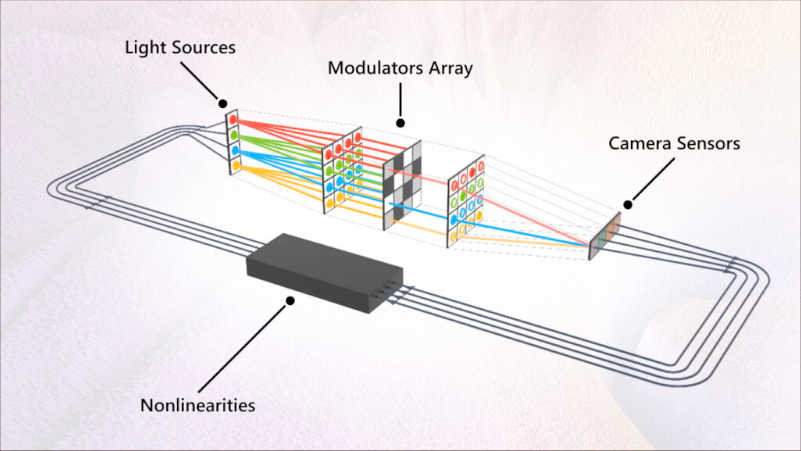Microsoft is breaking the mold with the introduction of the world’s first analog optical computer. This groundbreaking innovation, developed by the Microsoft Research Lab in Cambridge, promises to revolutionize the way we solve complex optimization problems.
Traditional computers use transistors to process data in binary form — a series of ones and zeros. However, the analog optical computer takes a different approach. It uses photons and electrons to process continuous value data, transcending the limitations of binary systems. This novel method of computing allows for the processing of information at the same location where it is stored, a feature unique to optical computing.
Solving Optimization Problems at the Speed of Light
Optimization problems are ubiquitous in our daily lives. From managing electricity on the grid to delivering goods from a warehouse to your doorstep, these problems involve maximizing efficiency while minimizing resource use. However, as the size of these problems grows, even the world’s fastest computers can spend years trying to solve them. This is where Microsoft’s analog optical computer comes into play.
The Analog Iterative Machine (AIM), as it’s called, promises to solve these problems at a lightning-fast pace. By using different intensities of light to compute, AIM has the potential to solve practical problems at the speed of light.
Real-World Applications: The Barclays Partnership
Microsoft has partnered with Barclays to test this revolutionary technology in a real-world setting. The challenge? To solve the problem of how batches of transactions are settled at the clearing houses used by most banks. With hundreds of thousands of transactions occurring daily, the sheer scale of this problem is beyond the capacity of binary computers.
According to Lee Braine, MD and distinguished engineer in the chief technology office at Barclays, “Effectively, it would take the lifetime of the universe to evaluate all the possible options.” However, the AIM team has already run a “toy version” of the transaction settlement problem, and the optical computer solved it with 100% accuracy every time.
As Microsoft and Barclays design a larger-scale version of the problem using more data and variables, the world watches with bated breath. If successful, this could mark a significant milestone in the field of analog computing research and open up new possibilities for optical computing AI.
The dawn of the analog optical computer era could be upon us, promising a future where complex problems can be solved at the speed of light. As we stand on the brink of this new era, one thing is clear: the future of computing is brighter than ever.



